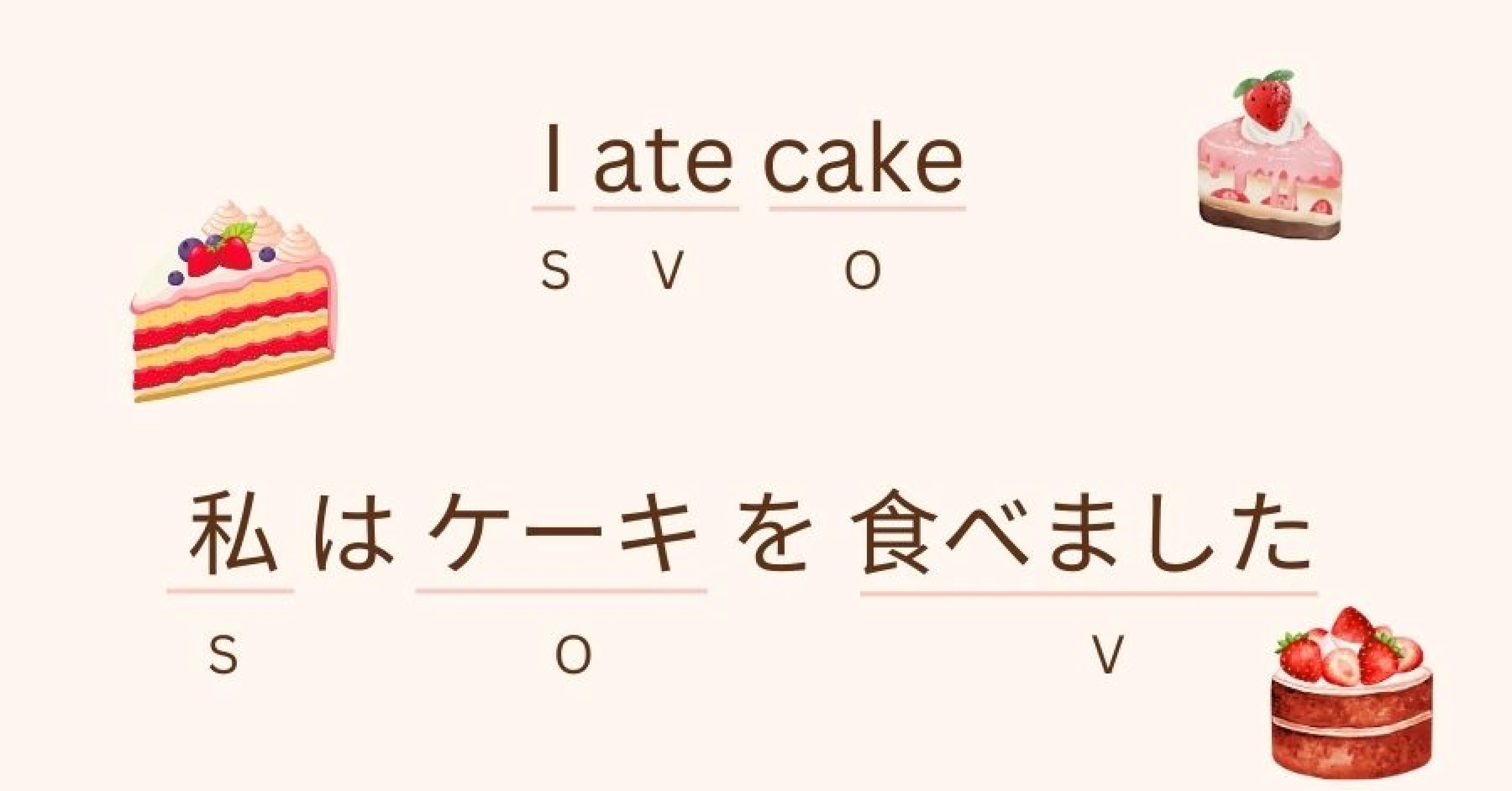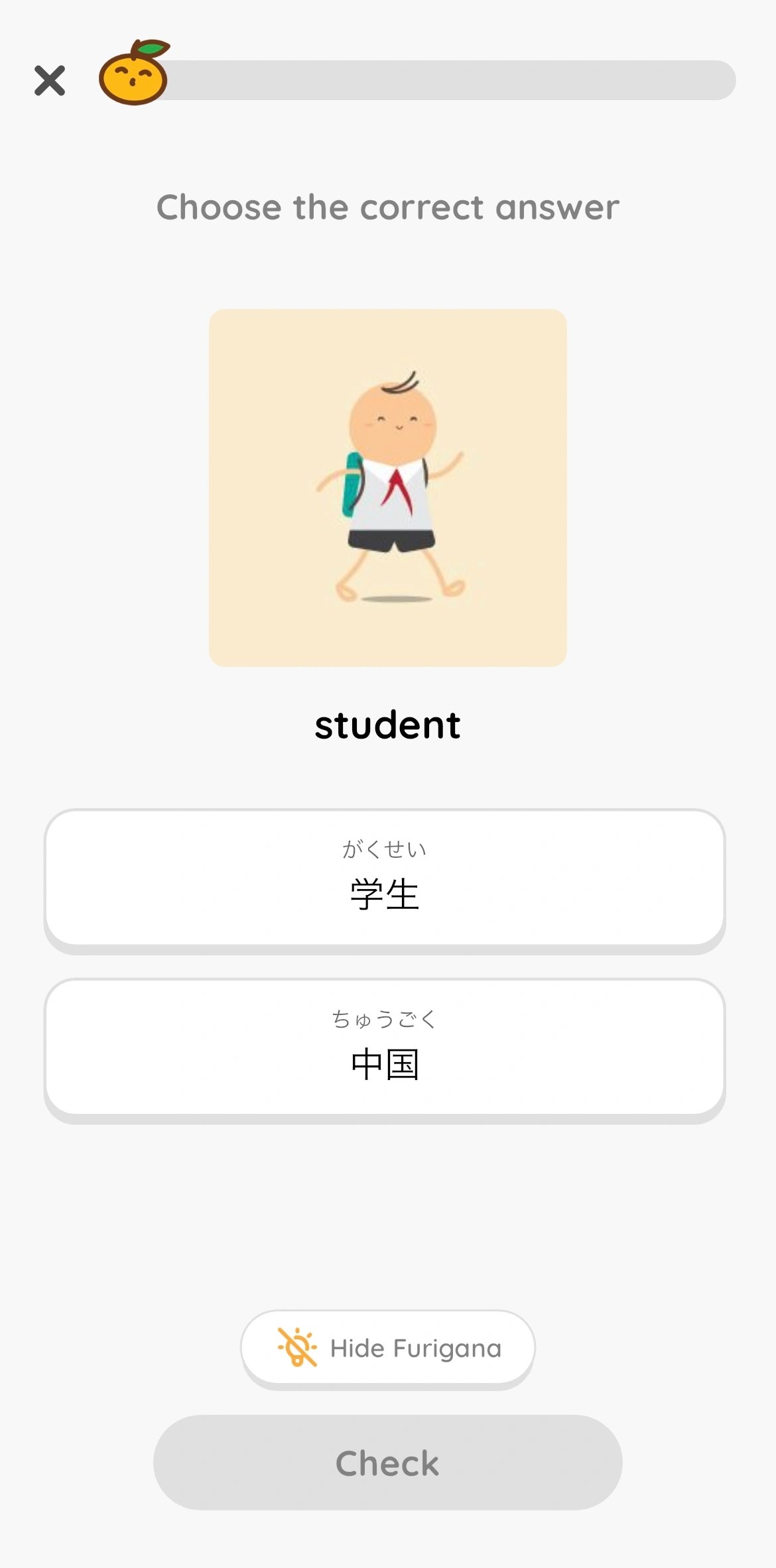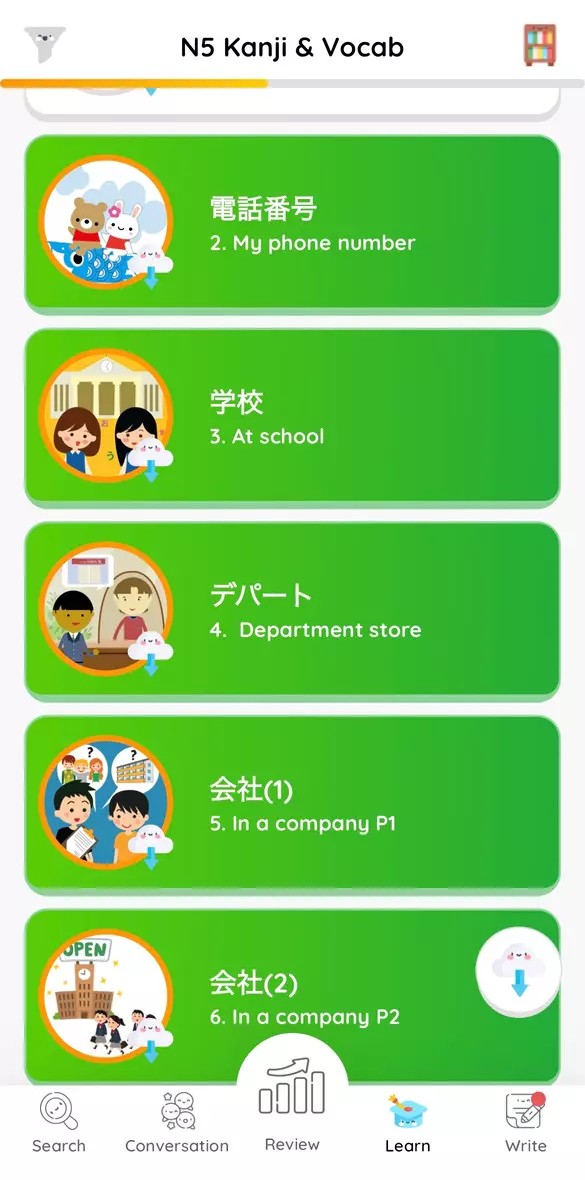Learning the Japanese alphabet is the first step on your journey to mastering this fascinating language. Whether you’re captivated by Japanese culture, planning a trip to Japan, or seeking new career opportunities, understanding the time commitment involved is essential. At LEARNS.EDU.VN, we believe everyone can achieve their language learning goals with the right approach and resources. We’ll break down the process, offering insights and practical tips to help you navigate your language learning adventure. Master the Japanese writing system, accelerate language acquisition, and achieve your Japanese language goals!
1. Understanding the Japanese Writing System
The Japanese writing system is composed of three scripts: Hiragana, Katakana, and Kanji. Understanding the differences and purposes of each is crucial for effective learning.
1.1 Hiragana: The Foundation
Hiragana is a phonetic script, where each character represents a syllable. It’s primarily used for native Japanese words and grammatical particles.
- Characters: 46 basic characters
- Usage: Native Japanese words, grammatical particles, and phonetic spellings
- Learning Time: 1-2 weeks with consistent effort.
1.2 Katakana: Foreign Words and Emphasis
Katakana is also a phonetic script, used mainly for foreign loanwords (gairaigo), onomatopoeia, and emphasis.
- Characters: 46 basic characters
- Usage: Foreign loanwords, onomatopoeia, and emphasis
- Learning Time: Similar to Hiragana, 1-2 weeks with consistent effort.
1.3 Kanji: Borrowed Characters from China
Kanji are adopted Chinese characters used to represent whole words or concepts. They often have multiple readings (pronunciations), adding complexity to the learning process.
- Characters: Thousands, but commonly used characters are around 2,000
- Usage: Content words like nouns, verbs, and adjectives
- Learning Time: Ongoing, years to master a significant number of characters.
2. Factors Influencing Learning Time
Several factors can influence how long it takes to learn the Japanese alphabet and progress in the language.
2.1 Prior Language Learning Experience
If you’ve studied other languages, particularly those with different writing systems or grammatical structures, you might find it easier to adapt to Japanese.
- Benefit: Familiarity with language learning techniques and cognitive flexibility.
- Impact: Can reduce the initial learning curve for Hiragana and Katakana.
2.2 Study Methods and Resources
The quality and effectiveness of your study methods and resources play a significant role.
- Effective Methods: Spaced repetition, mnemonic devices, and interactive exercises.
- Resources: Textbooks, online courses, language learning apps, and native speakers.
2.3 Time Investment and Consistency
The amount of time you dedicate to studying Japanese daily and the consistency of your efforts are crucial.
- Ideal: Consistent daily study sessions, even if short.
- Impact: Regular practice reinforces memory and accelerates learning.
2.4 Motivation and Learning Environment
Your motivation to learn Japanese and the environment you’re immersed in can significantly impact your progress.
- Motivation Boosters: Setting clear goals, tracking progress, and finding enjoyable learning materials.
- Ideal Environment: Exposure to Japanese language and culture through immersion or interaction with native speakers.
3. Setting Realistic Goals
Defining your learning objectives is essential for creating an effective study plan. Are you aiming for basic conversational skills, reading proficiency, or advanced fluency?
3.1 Survival Japanese
Focus on essential phrases, greetings, and basic vocabulary for everyday communication.
- Timeline: 3 months
- Skills: Basic conversation, ordering food, asking for directions.
3.2 Elementary Proficiency
Expand vocabulary, improve grammar, and develop basic reading and writing skills.
- Timeline: 3-6 months
- Skills: Simple conversations, reading basic texts, writing short sentences.
3.3 Intermediate Proficiency
Achieve greater fluency in conversation, comprehension, and writing.
- Timeline: 6 months – 2 years
- Skills: Complex conversations, reading news articles, writing longer passages.
3.4 Advanced Proficiency
Master complex grammar, idiomatic expressions, and specialized vocabulary.
- Timeline: 2 years and beyond
- Skills: Nuanced discussions, formal writing, comprehending specialized content.
4. A Step-by-Step Guide to Learning the Japanese Alphabet
Here’s a structured approach to learning Hiragana, Katakana, and Kanji:
4.1 Mastering Hiragana and Katakana
Start with Hiragana and Katakana, focusing on character recognition and pronunciation.
- Step 1: Learn the basic characters using mnemonic devices and flashcards.
- Step 2: Practice writing each character repeatedly to develop muscle memory.
- Step 3: Use online resources and apps to test your knowledge and track progress.
- Step 4: Immerse yourself by reading simple Japanese texts and labeling objects around your home.
Example Table: Hiragana Chart
| Character | Romanization |
|---|---|
| あ | a |
| い | i |
| う | u |
| え | e |
| お | o |
Example Table: Katakana Chart
| Character | Romanization |
|---|---|
| ア | a |
| イ | i |
| ウ | u |
| エ | e |
| オ | o |
4.2 Tackling Kanji
Introduce Kanji gradually, starting with the most common characters.
- Step 1: Learn the stroke order and meaning of each character.
- Step 2: Use flashcards and spaced repetition systems to memorize readings and meanings.
- Step 3: Practice writing Kanji in context, using example sentences.
- Step 4: Utilize resources like Kanji dictionaries and online databases.
Example Table: Common Kanji Characters
| Kanji | Meaning | Onyomi (Chinese Reading) | Kunyomi (Japanese Reading) |
|---|---|---|---|
| 一 | One | ichi | hito(tsu) |
| 二 | Two | ni | futa(tsu) |
| 三 | Three | san | mit(tsu) |
| 人 | Person | jin, nin | hito |
| 力 | Power | ryoku, riki | chikara |
4.3 Recommended Resources
Leverage these tools and platforms to enhance your learning experience:
- Textbooks: Genki, Minna no Nihongo
- Online Courses: Coursera, edX, Udemy
- Language Learning Apps: Duolingo, Memrise, Anki, MochiKana, MochiKanji
- Websites: Tofugu, JapanesePod101
- Dictionaries: Jisho.org, Tangorin
5. The Role of Spaced Repetition
Spaced repetition is a highly effective technique for memorizing new information, including vocabulary and Kanji.
5.1 How Spaced Repetition Works
This method involves reviewing material at increasing intervals, based on how well you remember it.
- Algorithm: Review items you struggle with more frequently, and those you know well less often.
- Benefits: Optimizes memory retention and reduces the time spent on review.
5.2 Apps for Spaced Repetition
Utilize these apps to implement spaced repetition in your study routine:
- Anki: Highly customizable flashcard program with spaced repetition algorithms.
- Memrise: Gamified learning platform with user-created courses.
- MochiKanji: Specializes in Kanji learning using spaced repetition, sending “Golden Time” reminders for optimal review.
6. Immersion and Cultural Context
Immerse yourself in the Japanese language and culture to enhance your learning experience.
6.1 Ways to Immerse Yourself
- Watch Japanese Movies and TV Shows: Start with subtitles and gradually reduce reliance on them.
- Listen to Japanese Music and Podcasts: Expose yourself to natural speech patterns and vocabulary.
- Read Japanese Books and Manga: Begin with simple texts and gradually increase complexity.
- Interact with Native Speakers: Practice speaking and listening skills in real-life conversations.
- Travel to Japan: Immerse yourself in the culture and language firsthand.
6.2 Cultural Insights
Understanding Japanese culture can provide context and motivation for language learning.
- Etiquette: Learn about customs and social norms to communicate effectively.
- History: Explore the history and traditions that have shaped the language.
- Pop Culture: Engage with modern trends and media to stay connected.
7. Common Challenges and How to Overcome Them
Learning Japanese can be challenging, but with the right strategies, you can overcome these obstacles.
7.1 Difficulty with Kanji
- Solution: Break down Kanji into smaller components, use mnemonic devices, and focus on the most common characters first.
7.2 Complex Grammar
- Solution: Study grammar patterns systematically, practice sentence construction, and seek clarification from teachers or native speakers.
7.3 Lack of Motivation
- Solution: Set achievable goals, track progress, find enjoyable learning materials, and connect with other learners.
7.4 Limited Exposure
- Solution: Create an immersive environment by watching Japanese media, listening to Japanese music, and seeking opportunities to interact with native speakers.
8. Maintaining Motivation and Consistency
Staying motivated and consistent is essential for long-term success in language learning.
8.1 Tips for Staying Motivated
- Set Clear Goals: Define what you want to achieve and track your progress.
- Find Enjoyable Materials: Use resources that you find interesting and engaging.
- Connect with Other Learners: Share tips, resources, and encouragement with fellow students.
- Reward Yourself: Celebrate milestones and acknowledge your achievements.
- Change Up Your Routine: Vary your study methods to keep things fresh and interesting.
8.2 Strategies for Consistency
- Schedule Regular Study Sessions: Make studying Japanese a part of your daily or weekly routine.
- Use Reminders and Notifications: Set reminders on your phone or use apps that send notifications to keep you on track.
- Create a Study Environment: Designate a quiet and comfortable space for studying.
- Find a Study Partner: Work with a friend or classmate to stay accountable and motivated.
- Track Your Progress: Keep a journal or use a progress tracking tool to monitor your improvement.
9. How LEARNS.EDU.VN Can Help You Learn Japanese
At LEARNS.EDU.VN, we offer a range of resources and tools to support your Japanese language learning journey.
9.1 Comprehensive Learning Materials
Access high-quality articles, guides, and tutorials covering various aspects of the Japanese language and culture.
9.2 Structured Courses
Enroll in structured online courses designed to take you from beginner to advanced levels.
9.3 Expert Guidance
Connect with experienced Japanese language teachers and tutors for personalized support and guidance.
9.4 Interactive Tools
Utilize interactive tools and resources, such as flashcards, quizzes, and pronunciation guides, to enhance your learning experience.
9.5 Community Support
Join a vibrant community of Japanese language learners to share tips, resources, and encouragement.
10. Real-Life Examples and Success Stories
Discover how others have successfully learned the Japanese alphabet and achieved their language goals.
10.1 Case Study 1: Maria’s Journey
Maria, a university student, dedicated 30 minutes each day to learning Hiragana and Katakana using flashcards and online resources. Within two weeks, she could recognize and write all the characters.
10.2 Case Study 2: John’s Experience
John, a working professional, used the MochiKanji app during his commute to study Kanji. He reviewed new characters at “Golden Time” and was able to memorize 1,000 Kanji in just one month.
10.3 Case Study 3: Emily’s Immersion
Emily spent a semester studying in Japan, immersing herself in the language and culture. She made rapid progress in her language skills and gained a deep appreciation for Japanese culture.
FAQs
How long does it take to learn Hiragana and Katakana?
With consistent effort, you can learn both in 1-2 weeks.
Is Kanji very difficult to learn?
Kanji can be challenging, but with structured learning and spaced repetition, it’s manageable.
Can I become fluent in Japanese in one year?
You can reach a conversational level in one year with regular study and practice.
What are the best resources for learning Japanese?
Textbooks like Genki, apps like Duolingo and MochiKanji, and websites like JapanesePod101 are excellent resources.
How can I stay motivated while learning Japanese?
Set clear goals, track progress, find enjoyable materials, and connect with other learners.
What is the best way to memorize Kanji?
Use spaced repetition, mnemonic devices, and practice writing Kanji in context.
How important is immersion in learning Japanese?
Immersion is highly beneficial for accelerating language learning and gaining cultural understanding.
Can I learn Japanese on my own?
Yes, with dedication, effective resources, and a structured approach, you can learn Japanese on your own.
How many Kanji do I need to know to be considered fluent?
Knowing around 2,000 Kanji will allow you to read most Japanese texts fluently.
What should I do if I get stuck while learning Japanese?
Seek clarification from teachers or native speakers, review previous lessons, and try different learning methods.
Embarking on the journey of learning the Japanese alphabet is an exciting adventure filled with endless opportunities for growth and discovery. By understanding the complexities of the writing system, setting realistic goals, and utilizing effective learning strategies, you can unlock the doors to Japan’s rich cultural heritage and linguistic tapestry. At LEARNS.EDU.VN, we are dedicated to supporting you every step of the way.
Ready to begin your Japanese language journey? Visit LEARNS.EDU.VN today to discover more resources, courses, and tools to help you achieve your learning goals. Whether you’re interested in mastering the Japanese alphabet, improving your conversational skills, or immersing yourself in Japanese culture, we have everything you need to succeed. Contact us at 123 Education Way, Learnville, CA 90210, United States, or reach out via Whatsapp at +1 555-555-1212. Let learns.edu.vn be your trusted partner in unlocking the wonders of the Japanese language. Take that first step and embark on the enchanting voyage of learning Japanese!


